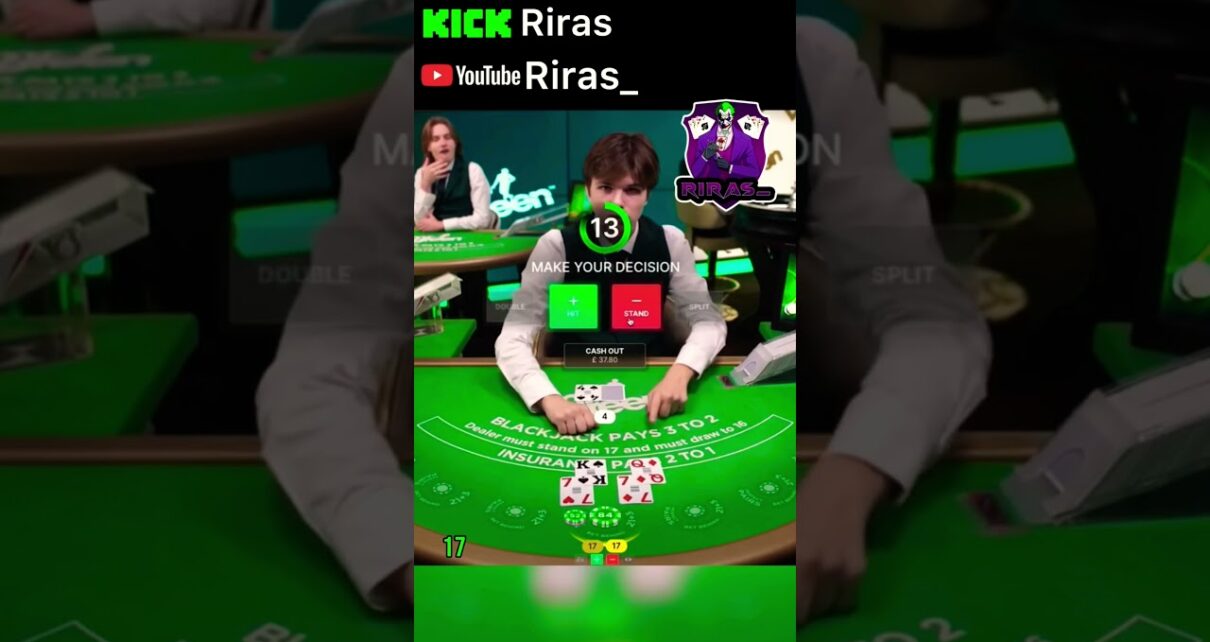Wrong To Split – A Common Blackjack error
Blackjack is a classic casino game loved by many gambling enthusiasts around the world. Its strategic gameplay and thrilling nature make it ane of the most pop card games in both land-based and online casinos. However, even experienced players can make some costly mistakes, and ane of the most common errors is the wrongful splitting of hands.
In blackjack, the choice to split your hand arises when you are dealt a pair of identical cards. By choosing to split, you separate the pair into two separate hands, each with its ain bet. This gives you a chance to potentially maximize your winnings by playing both hands individually against the dealer. However, non every pair is ideal for splitting, and making this decision without proper consideration can lead to unfavorable outcomes.
The primary goal in blackjack is to beat the dealer’s hand without going over a total of 21. When deciding to split, players should evaluate the value of their pair and the dealer’s face-up card. It’s crucial to consider the rules and strategies that guide splitting decisions to avoid unnecessary risks and maintain a favorable advantage.
Firstly, it’s important to understand which pairs should be split and which ones should be played as a regular hand. The most common pairs that should be split include Aces and Eights. Splitting Aces gives you the chance to turn a weak hand into two strong ones, as Aces are valuable cards. Eights, on the other hand, should be split to avoid having a hard total of 16, which is regarded as the worst hand in blackjack. By splitting Eights, you increase your chances of improving your chances with two separate hands.
However, there are hands that should never be split, as doing so would likely decrease your odds of winning. Such examples include pairs of tens, as a total of twenty is a strong hand in blackjack – splitting it would be illogical. Similarly, pairs of fours, fives, and face cards (King, Queen, and Jack) should never be split.
Another important factor to consider when deciding to split is the dealer’s face-up card. If the dealer reveals a strong card, such as a ten-value card or an Ace, splitting may non be the wisest choice. This is because the dealer has a higher probability of having a strong hand and beating both of your split hands. On the other hand, if the dealer has a weak upcard, such as a four, five, or six, splitting would be to a greater extent than favorable, as the dealer has a higher likelihood of busting.
To avoid making the error of wrongful splitting, it’s essential to have a solid understanding of blackjack strategy. Familiarize yourself with basic strategy charts, which provide guidance on when to split and when to refrain from doing so. These charts are widely available online and can enhance your decision-making skills during gameplay.
In conclusion, splitting pairs in blackjack is an enticing strategy that can potentially increase your winnings. However, it is crucial to know when to split and when it’s wiser to play your hand as a regular hand. Assessing the value of your pair, evaluating the dealer’s face-up card, and following basic blackjack strategy will help you make informed decisions and avoid costly mistakes. think, sometimes it’s wrong to split!

